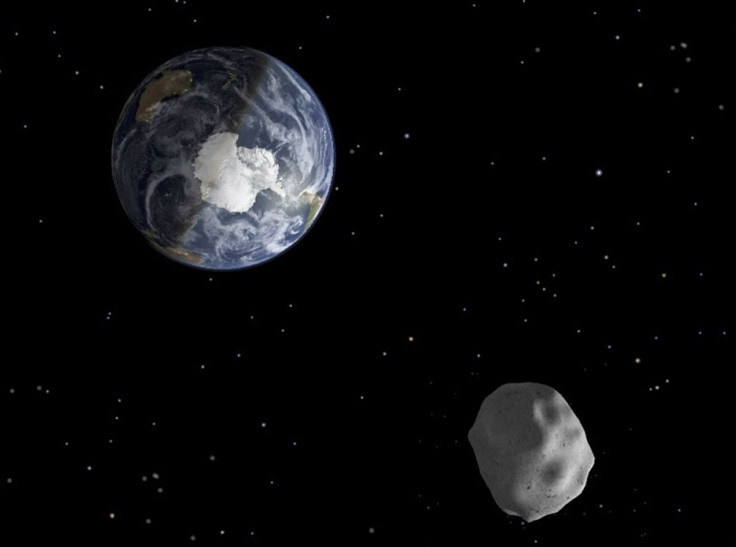Asteroid Coming Close To Earth In 2022? NASA, ESA Planetary Defense Tests Underway
Each day the Earth is hit by 100 tons of sand-sized particles from space, and each year a car-sized asteroid hits the atmosphere but gets burned up before it even hits the atmosphere.
Asteroid and meteoroid strikes are actually more common than most people think. In fact, there are many instances wherein potentially destructive asteroids come very close to Earth.
However, hazardous meteoroids the size of football fields are said to hit the Earth about every 2,000 years, and experts further believe that objects large enough to threaten the Earth's civilization come once every few million years.
As such, NASA is tracking potentially harmful near-Earth objects (NEO), which are asteroids or comets that come within 1.3 astronomical units of the sun. One such asteroid is JF1, a 130-meter in diameter asteroid that could come very close to Earth in May 2022.
It was first discovered in 2009 and experts believe that should it hit Earth, the asteroid impact would be like detonating 230 kilotons of TNT, so much more powerful than the 15-kiloton force of the Hiroshima atomic bomb.
Experts have been watching JF1 for the past decade since it was discovered, and so far NASA believes that the chance of JF1 directly hitting the Earth on May 6, 2022 is very low. Specifically, there is only a 0.026 percent chance it will hit Earth, and over 99 percent chance that it will not.
JF1, however, is only one of the potential asteroid impacts that experts are watching. In fact, NASA's asteroid watching system, Sentry, continues to scan the asteroid catalog for other potential asteroid impacts for the next 100 years. One asteroid even has a potential impact date for the year 2880.
Role Of AIDA
It is not only NASA that is monitoring potential asteroid impacts, however. Because the dangers of a potential serious impact can affect the entire planet, experts from Europe and the U.S. have joined forces for Asteroid Impact Deflection Assessment (AIDA) in hopes of finding a way to deflect space rocks from hitting Earth and hopefully avoiding catastrophic events.
Under AIDA, experts from NASA and the European Space Agency (ESA) will attempt to avert the 160-meter moonlet of binary near-Earth asteroid Dydimos. Basically, in 2022, NASA's Double Asteroid Redirection Test (DART) spacecraft will deliberately crash itself onto the moonlet, hopefully changing its orbit speed by a fraction of less than one percent. Although a small percentage, the change will be enough to be observable to Earth-based telescopes.
Three years later, the ESA’s Hera spacecraft will arrive at the binary system to characterize it in greater detail, from its physical properties to its orbit. This way, Hera will be able to provide more details on the post-impact state of Didymos, especially since previous NASA missions have shown that impacts can cause kilograms of dust and ice, thereby blocking a detailed view of the target.
While the two missions are considered separate, the combination of the information gathered from the two will provide valuable knowledge to the mission at hand.
"Overall results from the two missions should provide a baseline for planning any future planetary defence strategies, offering insight into the kind of force needed to shift the orbit of any incoming asteroid, and better understand how the technique could be applied if a real threat were to occur," the ESA stated.

© Copyright IBTimes 2024. All rights reserved.












